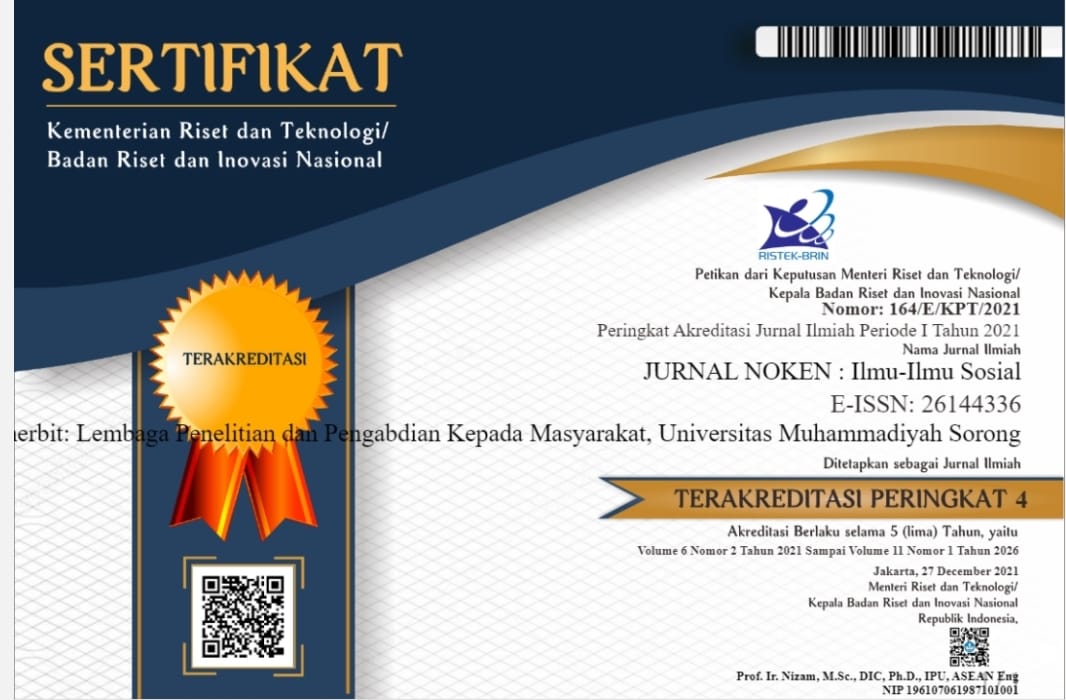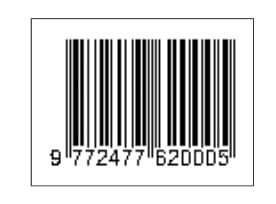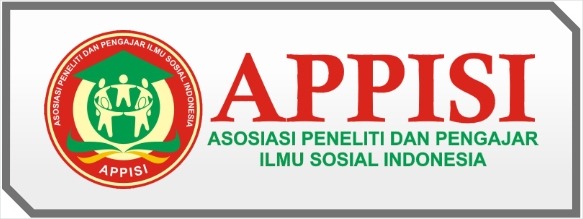Peralihan Sistem Mata Pencaharian dan Pola Interaksi Masyarakat Petani Kratom di Kecamatan Putussibau Utara, Kabupaten Kapuas Hulu, Kalimantan Barat
DOI:
https://doi.org/10.33506/jn.v5i2.950Keywords:
Transitional, Kratom, North PutussibauAbstract
The people of North Putussibau are indigenous people with one of its prominent characteristics, namely the enactment of customs, procedures for interacting, in accordance with the customs and norms that the ancestors inherited. Based on the tradition and culture of the original community, the community carried out agricultural food crops and plantations in order to meet their daily needs. However, over time there has been a shift in the livelihoods of indigenous people to kratom plant farmers. This research was conducted to determine the factors that influence the change in the livelihood system of the North Putussibau community after the kratom market. This research was conducted in Banua Tengah Village, Sungai Uluk Palin Village, and Hilir Kantor Village, Putussibau Utara District, Kapuas Hulu Regency, Pontianak. The research location was chosen deliberately with the consideration that in the sample village there were indigenous people who had cultivated kratom for at least 2 years. Informants in this study were community leaders, village heads, kratom farmers, and village government. The data of this study were analyzed using an interactive model consisting of three activities that occurred simultaneously, namely: data reduction, data presentation, and drawing conclusions / verification. The results showed that there was a shift in the livelihood system where indigenous peoples were marked to begin to cultivate kratom along with previously existing cultivation plants. The transition to this livelihood system is influenced by three factors, namely: government policies, interactions with villagers, and norms or rules that affect indigenous people of North Putussibau in land use and resource extraction.
References
Akhyar, Zainul, H. Matnuh, S. Patimah, 2015, Implementasi Toleransi Antar Umat Beragama Di Desa Kolam Kanan Kecamatan Barambai Kabupaten Barito Kuala, J. Pendidikan Kewarganegaraan. Vol 5 (9): 724 – 734.
Kabupaten Kapuas Hulu Dalam Angka, 2019, BPS Kabupaten Kapuas Hulu.
Koentjaraningrat, 2009. Pengantar Ilmu Antropologi. Jakarta: Rineka Cipta.
Mitragyna speciosa. Germapalsm Resources Information Network (GRIN). Agricultural Research Network Service (ARS), USDA. Retrieved 2013-12-26.
Muhammad, A. 2008. Ilmu Sosial Budaya Dasar. Bandung: Citra Aditya Bakti.
Poerwanto, H. 2005. Kebudayaan dan Lingkungan dalam Perspektif Antropologi. Yogyakarta: Pustaka Pelajar.
Rosyani. 2008. Keberlanjutan Masyarakat Adat, Masyarakat Desa dan Perusahaan Perkebunan (Kajian Pemanfaatan Lahan dan Kehidupan Masyarakat Sekitar Perusahaan Perkebunan di Provinsi Jambi). Disertasi Jenjang Pendidikan Doktor Program Studi Ilmu Lingkungan Program Pascasarjana Universitas Indonesia.
Rumah, Y. S., Gea, A. A., 2010, Konflik Pertanian Antara Komunitas di Desa Watu Nggelek Kecamatan Komodo Kabupaten Manggarai, Flores, NTT Tahun 1996 – Sekarang, Humaniora, Vol.1(2), Bina Nusantara University.
Soekanto, S., 2010, Sosiologi Suatu Pengantar, Jakarta: Rajawali Press.
Warner, M.L., Kaufman, N.C., & Grundmann, O. 2016. The pharmacology and toxicology of kratom: from traditional herb to drug of abuse. Int J Leg Med (Review). 130 (1): 127-38.
Wiranto, Indriyo, D., Syaifudin, A., Kartika SA. 2004. Berkaca di Cermin Retak Refleksi Konservasi dan Implikasi Bagi Pengelolaan Taman Nasional. Jakarta: FoReST Press.










